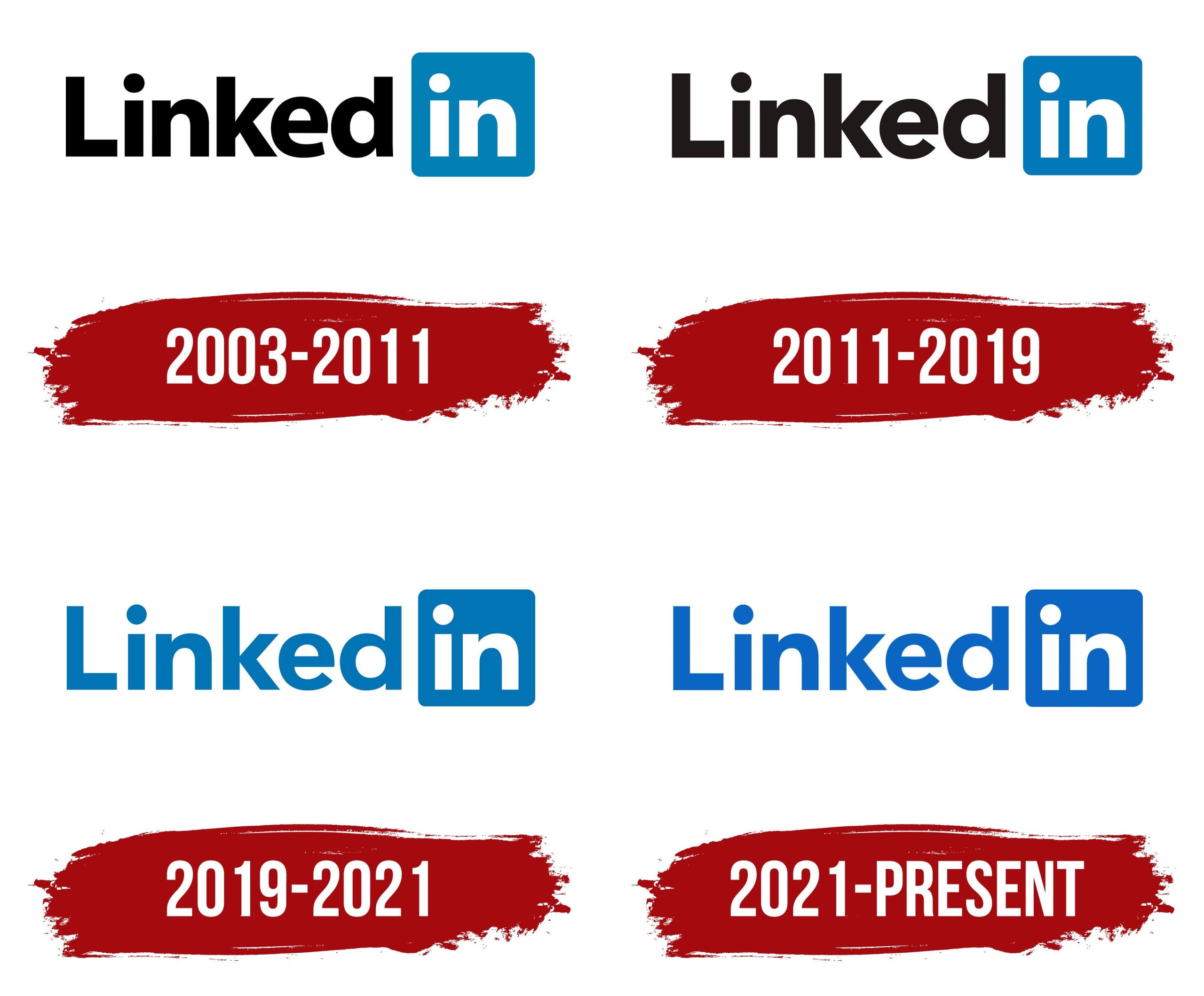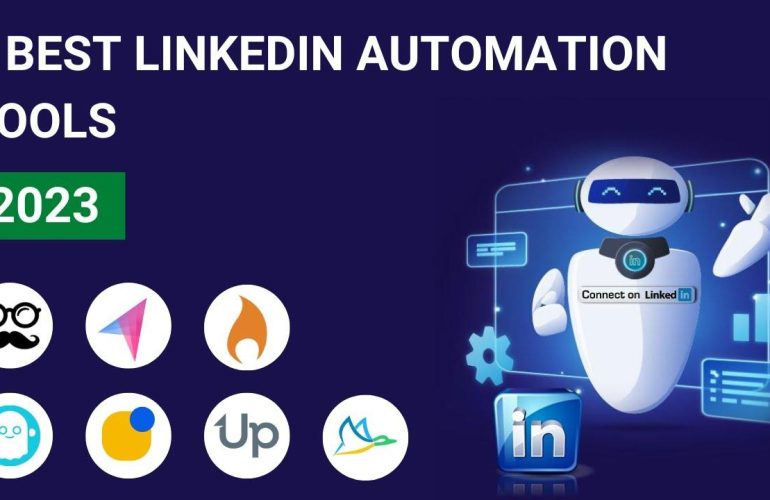Introduction
LinkedIn has emerged as a critical platform for professionals and businesses seeking to connect, engage, and cultivate meaningful relationships within their respective industries. As the world’s premier professional networking site, it provides unparalleled opportunities to reach targeted audiences, build brand credibility, and identify potential clients. However, the sheer volume of interactions on LinkedIn can often lead to messaging fatigue, where prospects become overwhelmed by generic outreach attempts. This necessitates a strategic approach to direct messaging, aimed not only at capturing attention but also at qualifying prospects effectively.
This article delves into evidence-based messaging strategies that professionals can employ to enhance their LinkedIn communication. By integrating psychological principles, behavioral insights, and practical techniques, we explore how tailored messages can foster engagement and facilitate deeper conversations with prospects. Furthermore, we will examine metrics of success and common pitfalls to avoid, equipping readers with actionable insights to refine their LinkedIn outreach efforts. Through this exploration, we aim to contribute to the conversation on effective digital networking and establish a framework for professionals to optimize their engagement with potential clients and partners.
Table of Contents
- Crafting Personalized Connection Requests to Enhance Engagement
- Utilizing Value-Driven Messaging Techniques for Prospect Qualification
- Leveraging Follow-Up Strategies to Maintain Communication Momentum
- Analyzing Response Metrics to Refine Messaging Approaches
- In Retrospect
Crafting Personalized Connection Requests to Enhance Engagement
To create a lasting impression when reaching out to potential connections, tailor your connection requests to reflect genuine interest and insight into the recipient’s professional journey. Start by personalizing your message with the recipient’s name and a specific detail about their background or recent achievements. This approach not only demonstrates your effort in researching them but also increases the likelihood of them accepting your invitation. Consider including relevant points such as:
- Shared interests or common connections
- Recent projects or accomplishments that caught your attention
- Industry insights or trends that may resonate with their work
Moreover, always end your connection request by stating a clear purpose for reaching out. Whether you wish to discuss a potential collaboration, seek advice, or simply expand your professional network, articulating this intent helps the recipient understand the value of connecting. You could utilize a structured format for your messages, as illustrated below:
| Component | Description |
|---|---|
| Greeting | Use the recipient’s name to establish rapport. |
| Personalization | Reference a specific detail about their experience or achievements. |
| Intent | Clearly state why you want to connect. |
| Closing | Express enthusiasm about potential collaboration or conversation. |
Utilizing Value-Driven Messaging Techniques for Prospect Qualification
In today’s competitive landscape, utilizing value-driven messaging techniques can significantly enhance the prospect qualification process on LinkedIn. Start by crafting messages that resonate with your target audience’s specific pain points and objectives. By focusing on the value your offering brings to their unique situation, you can foster a more engaging dialogue. Key components of value-driven messaging include:
- Personalization: Tailor your message to reflect the prospect’s industry, role, or recent achievements.
- Relevant insights: Provide industry-specific insights or data that highlight potential challenges and opportunities.
- Mutual benefits: Clearly articulate how your solution aligns with their goals, enhancing their interest in further communication.
Moreover, employing storytelling techniques can be particularly effective in establishing rapport. Narrating success stories or case studies that showcase how similar clients overcame challenges can capture the prospect’s attention. Consider organizing your messaging to include a brief framework, which could look like this:
| Stage | Objective | Message Focus |
|---|---|---|
| 1. Introduction | Establish connection | Personalized greeting |
| 2. Value Proposition | Highlight relevance | Address specific pain points |
| 3. Call-to-Action | Encourage engagement | Request a discussion or meeting |
By systematically implementing these techniques, you foster a more strategic and effective qualification process that aligns your services with the needs of prospective clients.
Leveraging Follow-Up Strategies to Maintain Communication Momentum
To sustain the momentum of your LinkedIn communications, implementing a series of strategic follow-up messages is essential. Timeliness is crucial; aim to follow up within a week of your initial outreach. This allows you to stay fresh in the prospect’s mind while signaling your genuine interest. Consider personalizing your follow-up messages by referencing specific points from your previous conversation or shared interests. A well-crafted follow-up can enhance rapport and distinguish you from competitors who may be more generic in their approach.
In addition, varying your follow-up methods can help keep the conversation engaging. Include a mix of text-based messages, content shares, and interactive formats, such as polls or questions to encourage responses. Here are some ideas to consider for your follow-up sequence:
- Resource Sharing: Offer an article, video, or case study that relates to their interests.
- Question Prompts: Pose an open-ended question that invites further discussion.
- Event Invitations: Invite your prospect to webinars or events that align with their professional goals.
Utilizing a systematic follow-up approach not only conveys professionalism but also establishes trust and authority in your field, ultimately enhancing your chances of qualifying prospects effectively.
Analyzing Response Metrics to Refine Messaging Approaches
Effectively analyzing response metrics is vital for refining messaging approaches in LinkedIn outreach. By closely monitoring key performance indicators such as open rates, reply rates, and conversion rates, marketers can discern which messages resonate with their target audience. Utilizing A/B testing allows for a comparative analysis of different messaging tactics, enabling professionals to determine the most compelling phrasing or call-to-action. These insights not only help optimize current campaigns but also contribute to the development of future messaging strategies that align with audience preferences.
Incorporating data together in a structured manner can enhance understanding and decision-making regarding messaging efficacy. Below is an example of how response metrics can be organized for better visualization:
| Metric | Current Campaign | Previous Campaign | Change (%) |
|---|---|---|---|
| Open Rate | 45% | 38% | +18.4% |
| Reply Rate | 20% | 15% | +33.3% |
| Conversion Rate | 10% | 5% | +100% |
With these metrics at hand, teams can pinpoint areas that require adjustments, such as modifying subject lines or tailoring content according to demographic insights. This focused approach ensures that messaging not only captures attention but also converts prospects efficiently, ultimately leading to more qualified interactions and successful business outcomes.
In Retrospect
mastering effective LinkedIn messaging strategies is essential for professionals seeking to qualify prospects and foster meaningful connections within their networks. As we have explored, a thoughtful approach to crafting messages—including personalized outreach, clarity of intent, and a focus on value—can significantly enhance engagement rates and facilitate deeper conversations with potential clients or collaborators.
Additionally, the implementation of data-driven insights into messaging can further refine your strategies, allowing for a more targeted and impactful outreach. By remaining attentive to the dynamics of professional interactions on LinkedIn and continuously adapting to the evolving preferences of your audience, you will position yourself as an approachable authority in your field.
Ultimately, the effectiveness of your LinkedIn messaging will not only influence your success in qualifying prospects but will also contribute to the establishment of long-lasting professional relationships. As you integrate these strategies into your networking efforts, consider measuring the outcomes and iterating on your approach, ensuring that your outreach remains relevant and effective in an ever-changing digital landscape.






